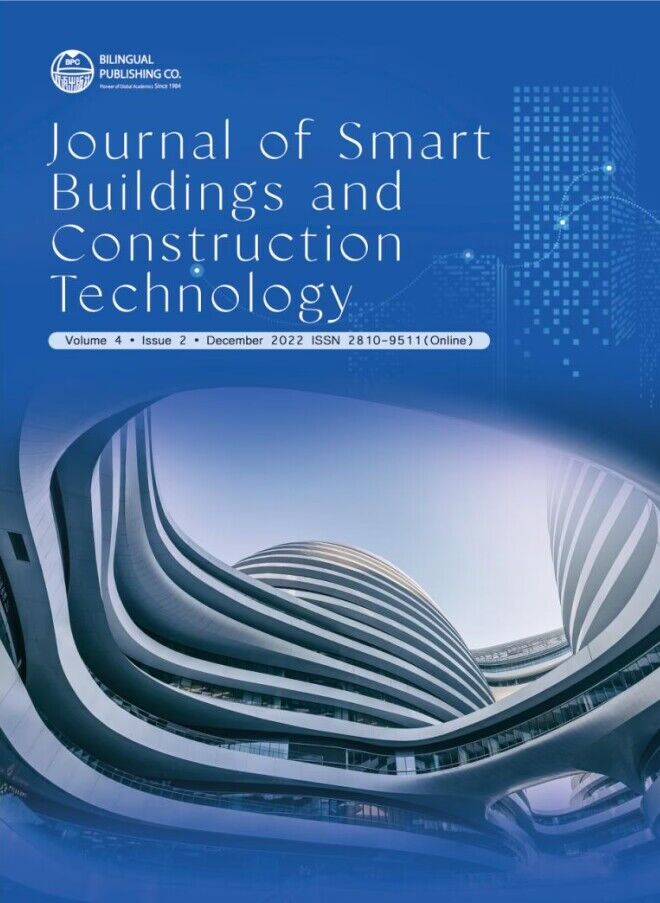-
159
-
158
-
143
-
122
-
89
Control of Progressive Collapse of the Structure Using Shear Wall
DOI:
https://doi.org/10.30564/jsbct.v4i2.4910Abstract
The vulnerability of reinforced concrete (RC) building systems to progressive collapse has turned out to be a challenging trouble for professionalstructural engineers so as to prevent total failure on account of nearby damage. The goal of this paper is to enhance the knowledge of such buildings’behavior underneath several scenarios of misplaced columns at differentfloor stages, and their capacity for progressive collapse. The homes hadbeen analyzed following the guidelines for progressive collapse evaluation and design organized by means of the general services administrationguidelines (GSA). The progressive collapse of a ten story structure subjected to a simplest gravity load is taken into consideration and the columnhas been eliminated at one place and the spread damage is evaluated. Theprogressive collapse study has been carried out by way of removing thecolumn at a diagnosed crucial locations (at corner, middle and at interior) as in line with GSA guidelines. Static analysis is done using analysisprogram ETABS. For each case, the consequences were taken in terms ofdemand capacity ratio (DCR) at critical section, and as a result the structurehas been assessed for it’s susceptible to progressive collapse. The availability of shear wall is made on the component wherein collapse occurred andDCR values are mentioned. After imparting the shear wall to the structure,the progressive collapse of the structure because of accidental load maybe controlled in order that the GSA guidelines recommended DCR valuewould be within the range.Keywords:
Progressive collapse analysis; General Service Administration (GAS) Guidelines; Demand capacity ratio (DCR); Column removal; ETABS; Shear wallReferences
[1] Singh, R.S., Jamal, Y., Khan, M.A., 2015. Progressive Collapse Analysis of Reinforced Concrete Symmetrical and Unsymmetrical Framed Structures by Etabs. International Journal of Innovative Research in Advanced Engineering. 12(2).
[2] Sezen, H., Song, B.I., Giriunas, K.A., 2010. Progressive Collapse Testing and Analysis of a Steel Frame Building. International Journal of Engineering Research Structures. 2(4).
[3] Kim, J., Hong, S., 2011. Progressive collapse performance of irregular buildings. International Journal of Engineering Research Structures. 20, 721-734.
[4] Vidya, V., 2016. Progressive Collapse Analysis of Existing Rc Buildings Using Linear Static Analysis. International Journal for Research in Engineering. 2(5).
[5] Thampy, A., Paulose, H., 2017. Assessment Of Progressive Collapse Potential In Regular And Irregular RC Structures Using Linear Static Analysis. International Journal of Advance Engineering and Research Development (IJAERD). 4(6).
[6] Gururaja, B., Sridhar, R., 2015. Progressive Collapse Potential of Irregular Concrete Building. IOSR Journal of Mechanical and Civil Engineering. pp. 67-70.
[7] Jeyanthi, R., Mohan Kumar, S., 2016. Progressive Collapse Analysis of a Multi-storey RCC building using Pushover Analysis. International Journal of Engineering Research & Technology.




 Pruthviraj S R
Pruthviraj S R





